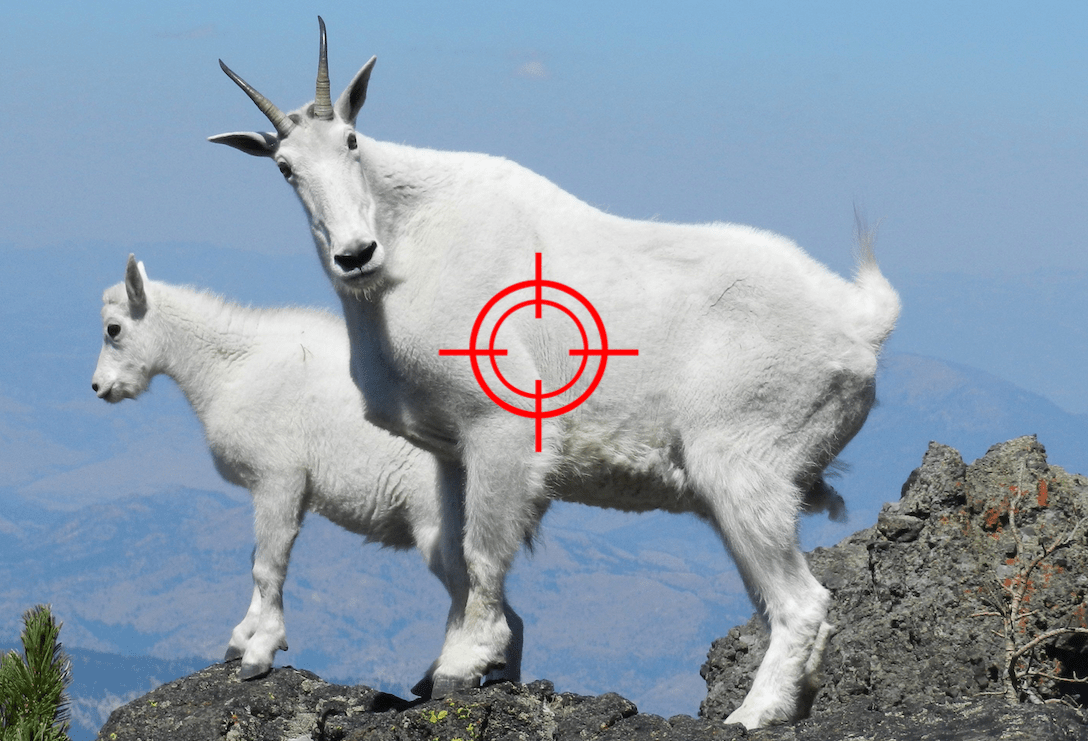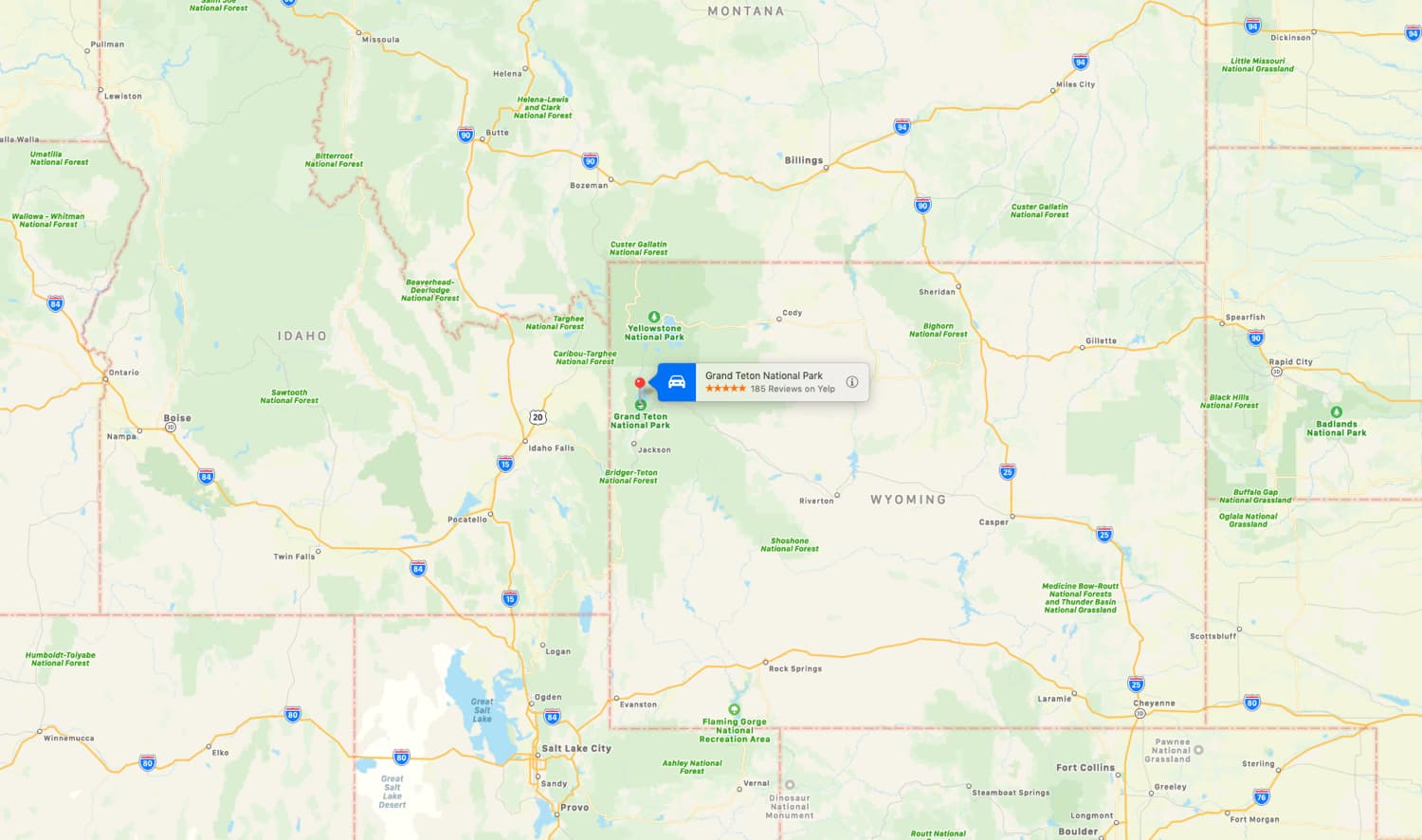
Grand Teton National Park, WY, is continuing a multi-year program to eradicate the non-native mountain goat as part of a management plan aimed to conserve a native and vulnerable population of Rocky Mountain bighorn sheep in the Teton Range. The program includes a qualified volunteer culling program this fall, September 22-October 25, to remove non-native mountain goats from the park.
The use of qualified volunteers is a tool identified in the National Park Service’s 2019 Mountain Goat Management Plan. There is widespread interest among local, state, and national stakeholders in conserving the Teton Range bighorn sheep herd. The National Park Service is working on this project in cooperation with federal and state partners, including the Wyoming Game and Fish Department and with guidance identified in the 2019 John D. Dingell, Jr. Conservation, Management, and Recreation Act.
A park culling program took place in the fall of 2020 with 108 qualified volunteers successfully and safely removing 43 non-native mountain goats. It is estimated that approximately 50 goats remain in the park.
In the interest of safety and efficiency, the park is only drawing on qualified volunteers who were trained and participated in the program last year. There are significantly fewer mountain goats in the park, and removal will be exceedingly more difficult. The park will not be accepting new applicants for the volunteer program.
Last year’s participants must undergo a background check again and may not have active warrants, past wildlife violations, or violations associated with Grand Teton National Park. Volunteers identified as shooters must successfully pass a mandatory firearm proficiency evaluation. All volunteers are United States citizens and at least 18 years of age.
The Teton Range is home to a small herd of native bighorn sheep that is currently estimated to have at least 125 animals. As one of the smaller and most isolated herds in Wyoming that has never been extirpated or augmented, it is of high conservation value to the park, adjacent land and wildlife managers, and visitors. The National Park Service has a responsibility to protect native species and reduce the potential for the local extinction of a native species within the park.
Mountain goats are not native to Grand Teton National Park. Mountain goats were introduced into the Snake River Range in Idaho, and over the years, their population expanded and reached the Teton Range. Mountain goats can carry bacterial diseases that are lethal to bighorn sheep. The Teton Range bighorn sheep population has been relatively isolated and is therefore likely ‘naïve’ to these diseases.
Without immediate intervention, the mountain goat population is expected to grow and could contribute to the potential extirpation of the native bighorn sheep.
There are key differences between a culling program in a national park and traditional recreational hunting.
- Culling in a national park is done exclusively for conservation and stewardship purposes, while hunting is primarily for recreation or procuring food.
- Culling in a national park is conducted under controlled circumstances with the supervision of National Park Service personnel, while hunting is performed at the hunter’s discretion, subject to applicable licensing and laws.
- Volunteers may not keep a trophy when participating in a culling program in a national park. The meat may be donated or distributed to Indian Tribes, qualified volunteers, food banks, and other organizations that work to address hunger in accordance with applicable health guidelines.
- Culling in a national park does not generate revenue and does not include fair chase.

It’s kinda like wild horses, they are non-native and bad for the natural ecosystem.